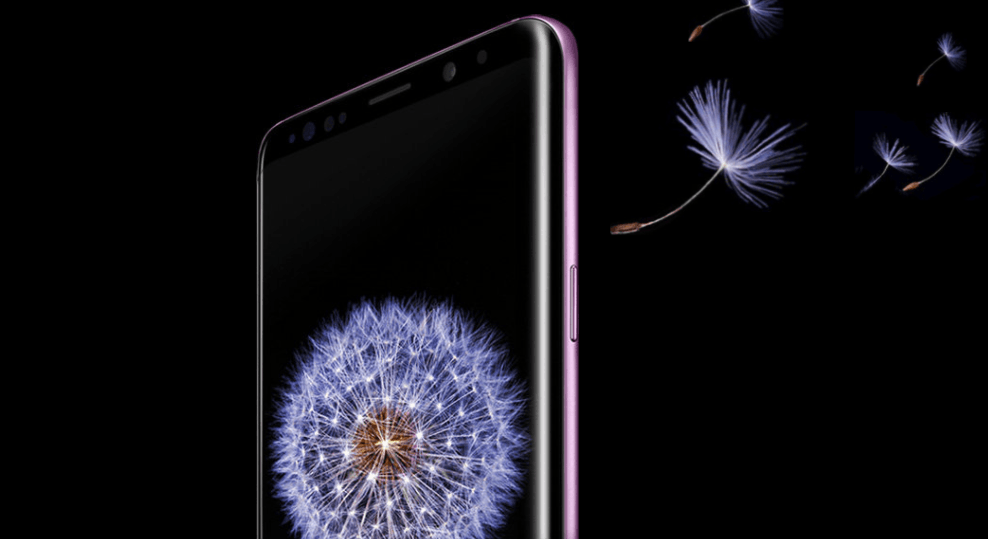The Galaxy S9 and S9 Plus are the best Android phones available right now. They carry forward the beautiful design of last year’s flagship models while offering many new features such as Intelligent Scan, AR Emoji, and a more conveniently located fingerprint scanner. In previous years, the regular Galaxy S and the Plus versions would have the same set of features except for a bigger display and a larger battery. But this year, Samsung has kept some features exclusive to the Galaxy S9 Plus in an attempt to differentiate it from its smaller sibling. So, which one should you buy?
If you have made up your mind to buy Samsung’s latest flagship, you might be wondering whether to go for the more expensive Galaxy S9 Plus or settle with the smaller Galaxy S9. The S9 Plus has a starting price of $840 compared to its smaller sibling’s $720 in the US. The Plus version is more expensive, but if you are a power user, it makes a lot more sense than buying the smaller Galaxy S9. Let me tell you why.
For one, the Galaxy S9 Plus has a larger 6.2-inch display compared to the 5.8-inch screen on the S9. The additional screen space is really helpful when running two apps side-by-side, watching movies, or browsing the web. Thanks to its tall and narrow design, the phone doesn’t feel too big to hold in your hand.
The S9 Plus also gets a higher 6GB RAM versus 4GB on the S9. The regular Galaxy S9’s 4GB RAM is sufficient to handle most tasks. But a higher RAM is helpful when you are running multiple apps. Remember that you’ll be using the phone for at least a year, and most apps will receive multiple updates in that time which could slow down your phone a bit.
Another reason to opt for the Galaxy S9 Plus is that its battery lasts longer than S9. The larger model is rated for up to 35 hours of battery compared to 31 hours for the Galaxy S9. The S9 Plus packs a huge 3500mAh battery compared to 3000mAh for the S9. In battery tests conducted by CNet, the Galaxy S9 Plus “lasted at least three hours longer” than their Galaxy S9 unit. That alone makes the S9 Plus worth buying.
However, the biggest reason to buy Galaxy S9 Plus instead of S9 is the dual camera setup. The S9 has a 12-megapixel camera on the back with dual apertures of f/1.5 and f/2.4. The variable aperture helps you take better pictures depending on lighting conditions. Besides the 12-megapixel wide-angle lens with variable apertures, the Galaxy S9 Plus also gets a 12-megapixel telephoto lens on the back that opens a wide range of photography opportunities.
The telephoto lens allows you to take depth-of-field portrait photos with blurred backgrounds using the Live Focus feature. You can also control the blur intensity and skin tone. The second camera also allows for hardware-zoom, which comes handy when you need to get a little closer to the subject while taking pictures. It also enhances the low-light photography. You can also switch between the portrait and wide-angle versions of the same shot.
The S9 Plus costs $120 more than its smaller sibling in the US. If you buy it directly from Samsung on a payment plan, you’ll have to pay $35 per month for 24 months. That’s only $5 per month higher than Galaxy S9’s $30 monthly payment plan. It’s totally worth the extra money. Also, you can take advantage of Samsung’s trade-in offer to get a discount of up to $350. Of course, the S9 Plus isn’t the right choice if you are trying to cut down on your spending.
Meanwhile, Microsoft has started selling the Galaxy S9 and S9 Plus through its official store. You can pre-order the devices now, and Microsoft will start free shipping on March 16. The phones will come with Microsoft apps such as Word, OneNote, Excel, Skype, and the Microsoft Launcher pre-installed. Microsoft is selling the S9 and S9 Plus for $720 and $840, respectively.
Recent reports coming out of South Korea suggest that the Galaxy S9 and S9 Plus pre-orders have been lower than expected. Pre-orders in Samsung’s home country were even lower than last year’s Galaxy S8. It could be because Samsung opened pre-orders for the new phones just two days after unveiling them. In contrast, Samsung had kept an eight-day gap between unveiling and pre-orders for the Galaxy S8. Another reason could be that the Galaxy S8 was launched in late April. So, most S8 owners might be waiting for at least a year before upgrading to the latest version.





